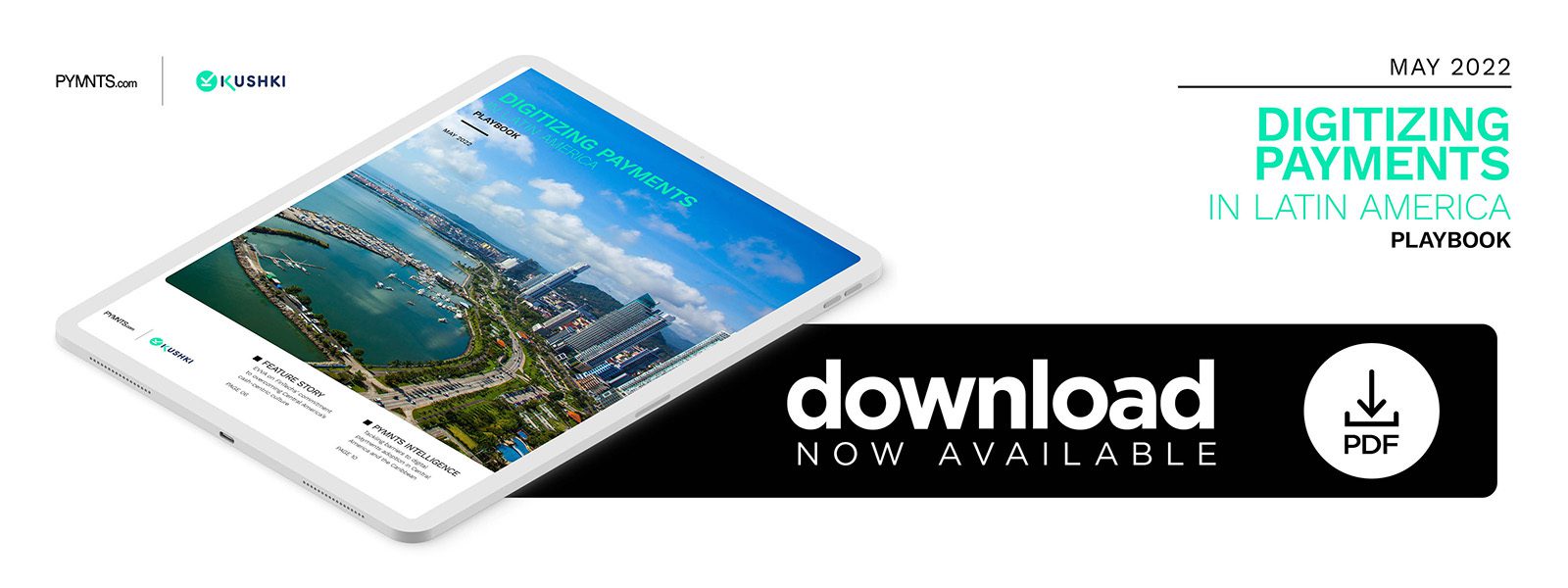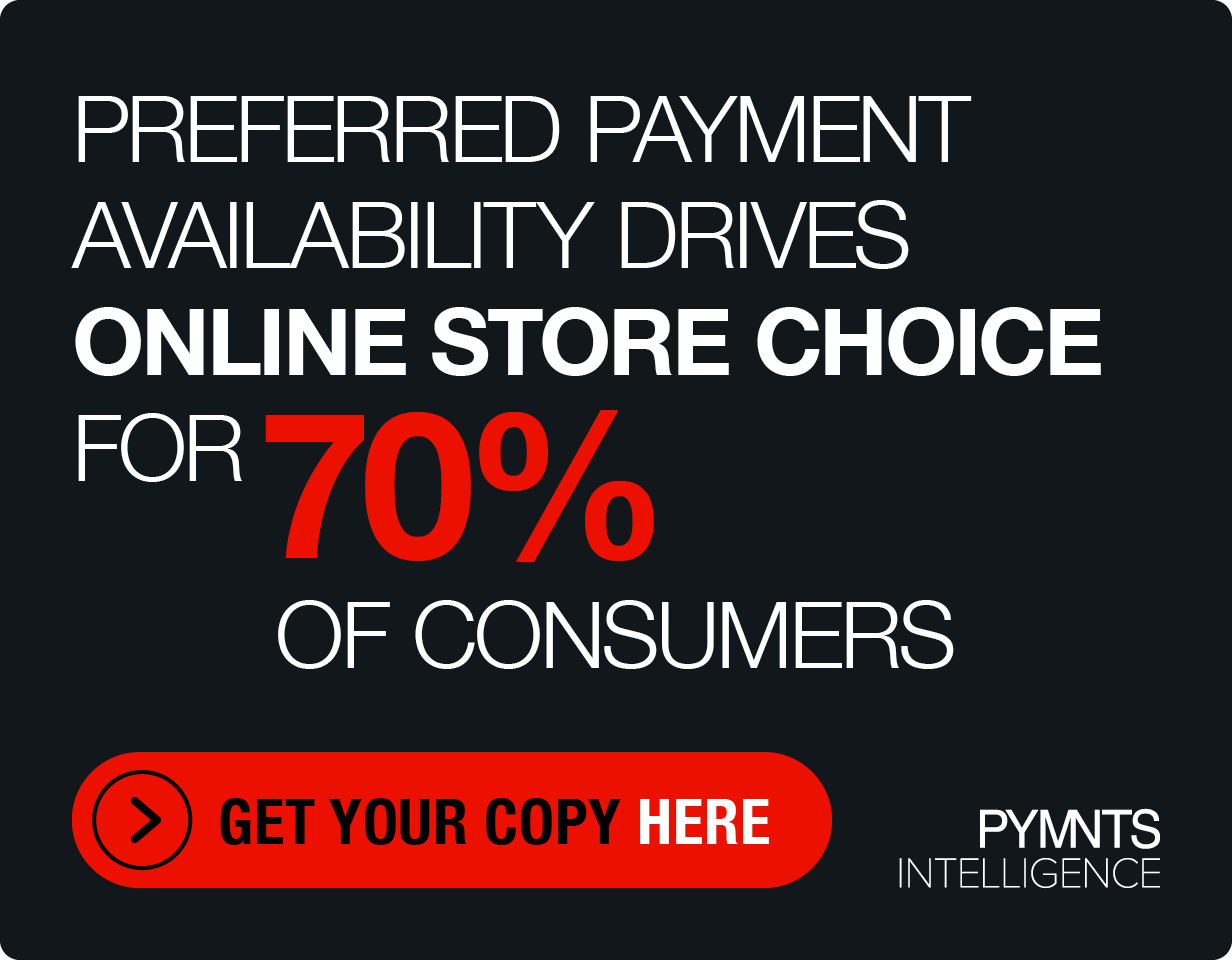PYMNTS Intelligence: Overcoming Barriers to Digital Payments Adoption in Central America and the Caribbean

As the global economy becomes increasingly digital, the prospect of bringing economies that have long depended on cash into the digital world remains one of FinTech innovators’ greatest challenges. The stakes are high, as digitizing the payment process and encouraging citizens to take full advantage of banking opportunities are key ways to stimulate an economy.
In many Central American and Caribbean locations, getting at the root of why citizens are unbanked is the first step in overcoming hurdles to digital adoption. In Jamaica, for example, reports indicate that nearly 70% of the population is either unbanked or underbanked. This cash-based society means a slow digital transformation for businesses that must remain ready to accept cash as a primary payment method despite needing to keep pace with global trends. The Caribbean Policy Research Institute (CAPRI) fears that a failure to adopt digital services or make the most of what banking has to offer is hampering economic growth in the region. Its research indicates that only 13% of Jamaicans had borrowed from a financial institution (FI) in the last six months, including via credit cards.
Consumers’ avoidance of banking institutions in the region appears to boil down to just a couple of crucial factors, one being the costs associated with digital banking. Cash preferences in the region also stem from a distrust of government and FIs. Fear of government seizures of assets, economic instability, inflation and bank failures lead consumers to prefer cash to protect themselves. CAPRI found that approximately 45% of Jamaican wage earners surveyed received wages via cash or check, despite having bank accounts.
This month, PYMNTS looks at the barriers to digital banking in Central America and the Caribbean and how FinTech and FI innovators are working to overcome these barriers for the benefit of regional economies.
Overcoming Barriers to Digital Adoption
The first step in overcoming the long-standing divide between FIs and the community is tackling the costs associated with digital transactions. Providers of point-of-sale terminals charge both businesses and consumers monthly fixed fees for leveraging the technology. These fees, especially on small payments made from consumer to consumer, can easily deter a switch from cash transactions. Transaction fees for debit or credit cards also make them costlier and less convenient than cash. Cutting these payment costs requires a concerted effort between FIs and legislation to improve infrastructure and make digital technology less expensive and more easily adopted.
An example of this can be found in Mexico, which battles low levels of financial inclusion and high cash use like many other Latin American countries. To combat these issues, Mexico’s Central Bank launched CoDi, a platform dedicated to stimulating the transition to a cashless economy, in 2019. The platform enables consumers to make fee-free payments via QR codes, near-field communication (NFC) and text. To encourage adoption, any bank in Mexico with more than 3,000 accounts must offer CoDi. Mexican officials are also introducing new FinTech regulations aimed at enabling users to create remote accounts more easily or store money without the need for accounts, as in digital wallets.
The only way to reduce consumers’ distrust of digital payments as an offshoot of banking and government is to demonstrate their security and convenience. Organizations must work together to rethink their technology infrastructure, as in the example of implementing contactless payment options on public transportation. More than 150 cities worldwide have adopted this process, with Latin American countries such as Brazil, Colombia, the Dominican Republic, Guatemala and Mexico being pioneers in the solution. Once consumers begin to experience the ease of use and security of this technology, especially in the daily routine of taking the bus, it becomes easier to adopt digital payments in other settings.
Despite Challenges, the Future of Digital Banking Is Bright
All signs indicate that increasing digital adoption in Central America and the Caribbean is possible and probable. In Brazil, for example, consumer payments made via the central bank’s real-time ACH payments platform, Pix, are increasing at a steady rate. Similarly, the Central Bank of Costa Rica’s real-time automated clearing house (ACH) program, SINPE Móvil, grew 25% per quarter in 2021. These successes are catalyzing the emergence of comparable instant payments platforms in other Latin American countries, including Argentina, Colombia and Mexico.
There is a ripple effect as the world boards the digitization train, even in cash-centric regions. Global credit giant Visa, for example, found that cardholders in Latin America and the Caribbean increased their digital transactions by 55% during the 2021 holiday season compared to 2020.
Raising awareness of digital payments’ benefits and creating tools that ease adoption for both consumers and merchants in the region is a necessity. FIs and FinTech innovators that postpone these challenges could risk slowing the growth of their economies.

